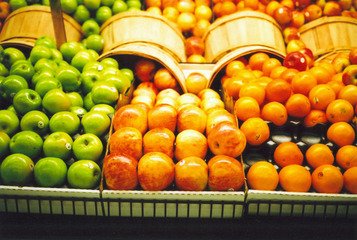The Four Phases of Focus

What happens to the brain during meditation? When researcher Wendy Hasenkamp was at Emory University, she and her team ran experiments on focused meditation aided by the fMRI[1]. In the end, the researchers came to recognize a distinct pattern among their subjects, a four-phase process involving four distinct brain areas. When subjects entered the fMRI scanner, they were told to focus on the sensation of their own breathing. The subject’s insula (related to a person's focus, or lack thereof) would default towards mind wandering. When that happened and the subject became aware of the fact that they were no longer concentrating on their breathing, they were instructed to press a button. When the subjects tried to refocus on their breathing, their salience network would take over. This is the part of the brain that registers sudden attention shifts, alerting you to nearby distractions. Your salience network might be more aptly named your distraction network, and for many of u









